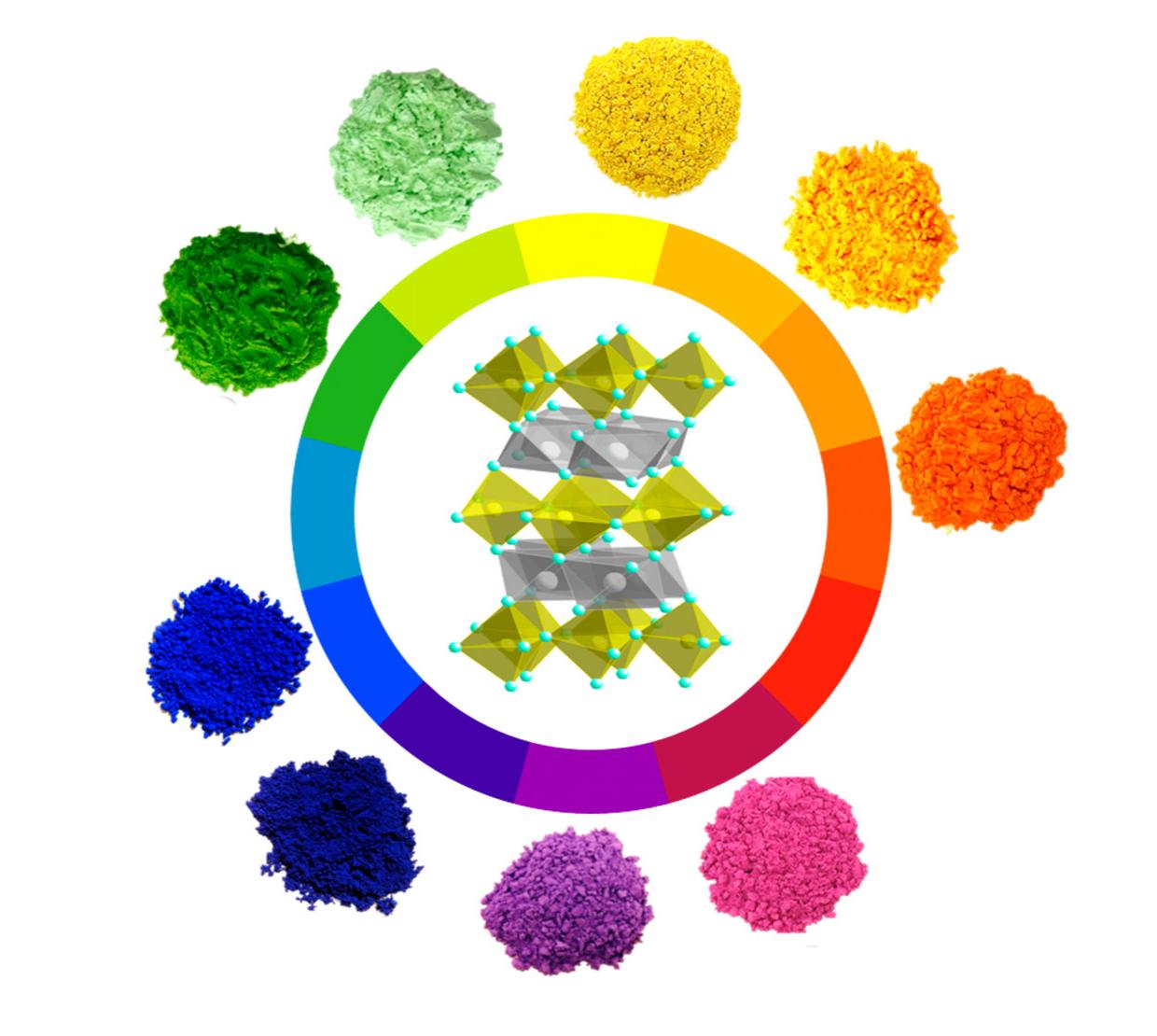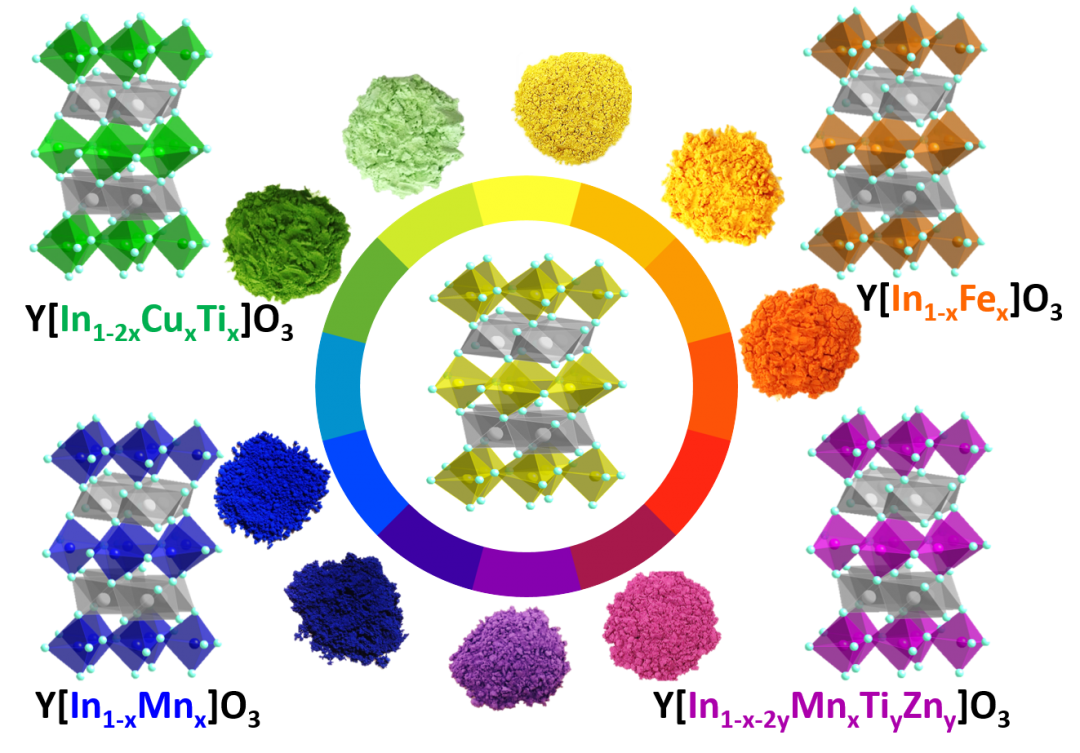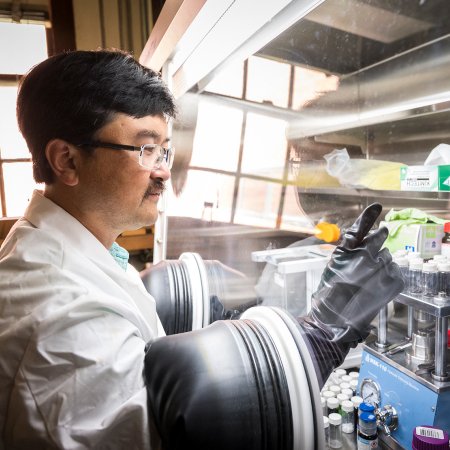Mas Subramanian, distinguished professor of chemistry at Oregon State University, has received a special $200,000 grant from the National Science Foundation to pursue the holy grail of color research: an inorganic red pigment that’s vivid, safe and durable.
“The world has never truly had such a pigment,” said Subramanian, the Milton Harris Professor of Materials Science. “If successful, our research will discover bright, environmentally benign pigments that can be used by artists, in industrial paints and in other coating technologies. It would also bring a huge long-term payoff, not only as a commercial success but by advancing color chemistry and technology.”
Subramanian’s lab rocked the pigment world in 2009 with the accidental discovery of YInMn blue. He and his team were experimenting with new materials that could be used in electronics applications and mixed manganese oxide – which is black in color – with other chemicals, then heated them in a furnace to nearly 2,000 degrees Fahrenheit.
One of their samples turned out to be a brilliant blue, named YInMn blue after the component elements yttrium, indium and manganese. It was the first blue pigment discovery in two centuries and a huge advance in safety and durability as well as vividness.





